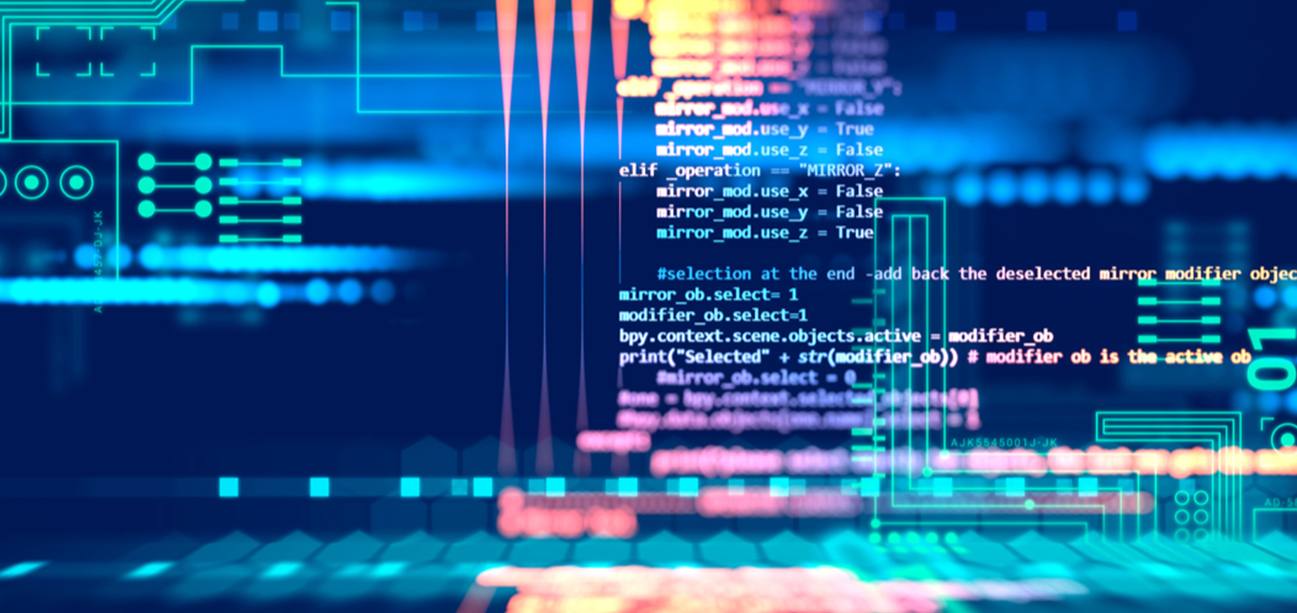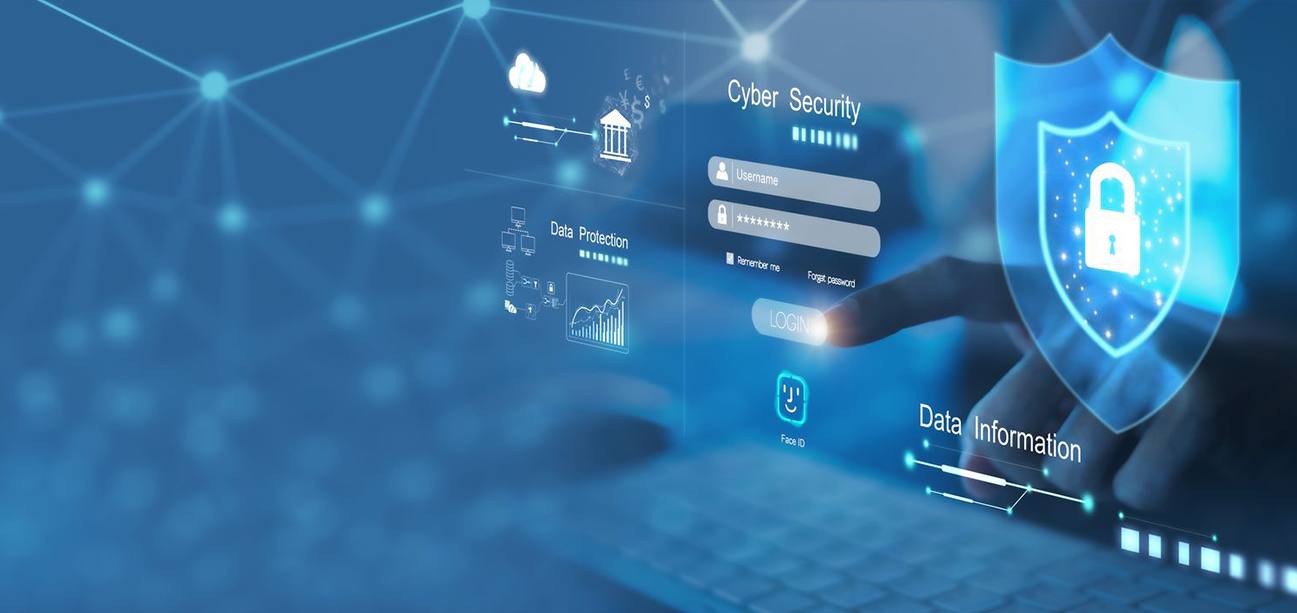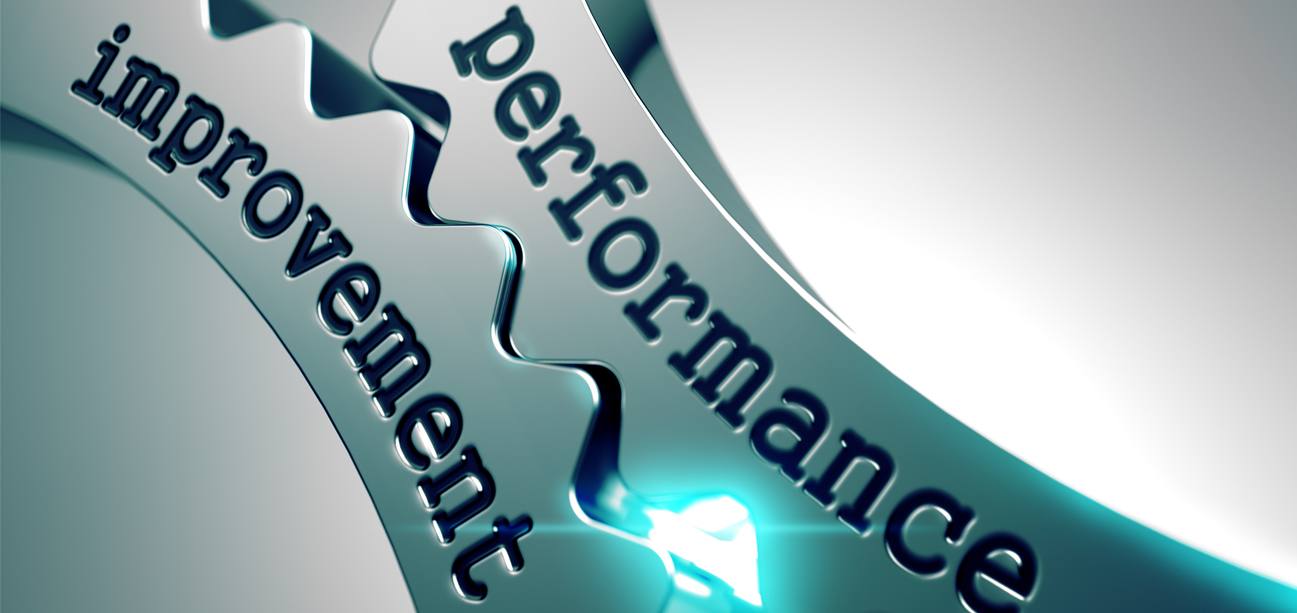
Introduction to Embedded An Overview of IoT Dashboard And Analytics
IoT Dashboards and Analytics are concerned with visualizing data and information through charts, graphs, tables, and maps. IoT analytics helps companies get valuable insights from data generated by connected devices and stored in the IoT cloud. The data is obtained from IoT devices that appear on mobile devices or computers. Through the visualization of data devices, Dashboards enable the control of every aspect of connected devices.
Dashboards are easily customizable and do not disrupt the processing of data. IoT Dashboards and Analytics make every process of connected devices and complexity extremely simple. User interference is essential for seamless interaction with other connected devices. The primary purpose of IoT platforms is to furnish a dashboard that enables the monitoring and control of IoT devices. Incorporating IoT Analytics tools necessitates thorough planning, which includes installing launch, post-launch, and expansion strategies.
Why You Should Opt For IoT Dashboard And Analytics
Real-time Solution
The solutions offered by IoT Dashboard and Analytics are in real-time. While the dashboards help fetch agile and accurate data, analytics allows the collection of relevant information and insights. This real-time data lets developers act on recurring problems and quickly make decisions.
GET A QUOTEEffective Monitoring
The IoT tools allow for robust monitoring that aids in acquiring data insights more comprehensively and directing support to make the necessary adjustments. By using a variety of IoT devices and sensors, the technology monitors each aspect of data.
Simplifying The Process
The cutting-edge IoT technology makes the entire process of visualizing and monitoring data ridiculously simple. No matter how complex the issue is, IoT Dashboards and Analytics can solve it quickly. Its ability to analyze, track, and then report data is what makes it a champion.
Room For Improvement
IoT devices have the capability to provide the untapped potential for improvement in data. By categorizing the data through rigorous analysis, dashboards can indicate how data can be used more effectively and suggest refinements.
Updates About Trends
The IoT Analytics and Dashboard inform regarding the upcoming and changing trends in the marketplace. Furthermore, it can assist the business to easily transition and adapt to these trends in the industry effortlessly.
What Not To Do In IoT And Dashboard Analytics Developm
Creating a comprehensive report/dashboard is a hassle if you end up choosing the wrong technology. By the same token, you will not be able to acquire accurate data if you implement the incorrect charts and graphs for your use. It's always recommended to have separate dashboards for all your consumers; thus, each client must have their respective Dashboard, which you can monitor individually.
Things To Consider In IoT Dashboards And Analytics:
- Using the latest device tools
- Collecting applicable data
- Visualizing data device
- Tracking location device
- Managing credentials and setup
- Dispatching commands
- Examining data device
- Building a smart device
Our Tech Stack For IoT Dashboards And Analytics
- Big Data
- Machine Learning
- IoT Platform Dashboard
- MQTTRoute Dashboard
- Data Visualization
- SQL
- AWS
- TCP server Dashboard
- Pace DPR Dashboard
Reasons To Choose Fictive Studios For IoT Dashboards And Analytics Development
At Fictive Studios, our professional team can build customized dashboards for your business. Our developed dashboards are easy to operate and function without stutters or lag during the data processing between IoT devices. They can collect vast chunks of data from any IoT device within minutes and manage it through IoT Analytics. Furthermore, our dashboards can be accessed with a single URL from any browser, no matter where you are in the world. With their acute knowledge, our proficient developers can help efficiently transform your data into tangible graphs and reports. We are always one step ahead of everyone to cater to your every need and address any query you may have so that you can leverage IoT technology to its full potential.
- Agile Methodologies
- Seamless Deployment
- Customized Solutions
- Qualified Developers
- Fast and Efficient Operation/li>
- Post Deployment Support
What is the purpose of IoT Dashboards?
Do you offer customized IoT Dashboards?
Why is it worth investing in IoT Dashboard And Analytics?
How much will it cost to get a custom IoT Dashboard developed?
I am unsure about my budget. Can Fictive Studios help?
My question necessitates a discussion. How should I contact Fictive Studios?

Building The Future One Line Of Code At A Time

Mobile App Solutions For Everyone, Everywhere
We pride ourselves on our ability to bring your unique vision to life through our cutting-edge technology and innovative solutions.
Retail, Ecommerce
Education & e-learning
Healthcare & Fitness
Logistics & Distribution
Social Networking
Real Estate
Travel & Hospitality
Food & Restaurant
On-Demand Solutions
Gaming
Partnerships We Have Built Through Our Digital Solutions
At Fictive Studios, we are proud to have partnered with over 2000 businesses, ranging from startups to enterprises, to provide industry-leading mobile app development solutions tailored to their unique business needs. Every business is different, and we are passionate about helping our clients achieve their goals through our extensive range of app development services.
Start Up Business

Small & Med Business

Enterprise

Agencies

What Our Clients Say
We possess the capability to create applications across a diverse range of genres - simply specify your requirements and we'll bring your vision to life.

Let's Build Something App-tacular Together
Join forces with Fictive Studios, the premier Mobile App Development Company in the US. With our bespoke app development solutions, watch your business soar to new heights.
GET A QUOTE
















